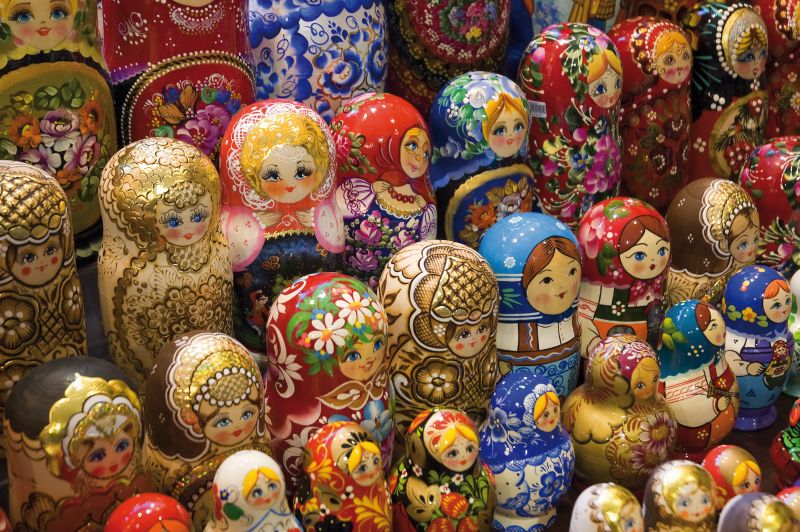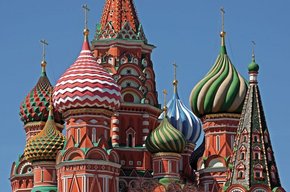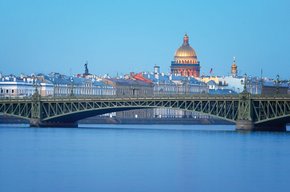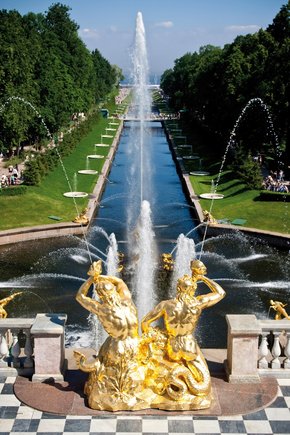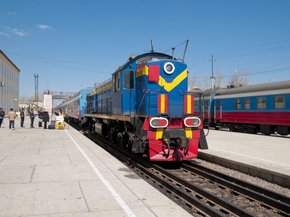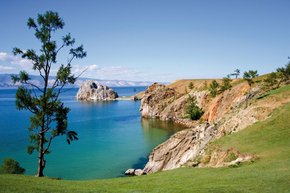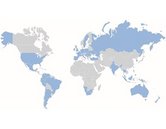Straddling Europe and Asia, Russia, officially known today as the Russian Federation, is a diverse land with a colourful mix of culture and natural habitats, and is the world’s largest country in terms of land mass.
Russia is a fascinating place. Not only because of its exciting and occasionally tumultuous political and social history, most recently the transition from communism to a federal democracy, but also because of its boisterous cities full of history and culture and awe-inspiring landscapes that spotlight the best of nature. Let’s start off on a journey through the land that once inspired Tolstoy and Dostoevsky, and gave us modern ballet and world-class symphonies.
